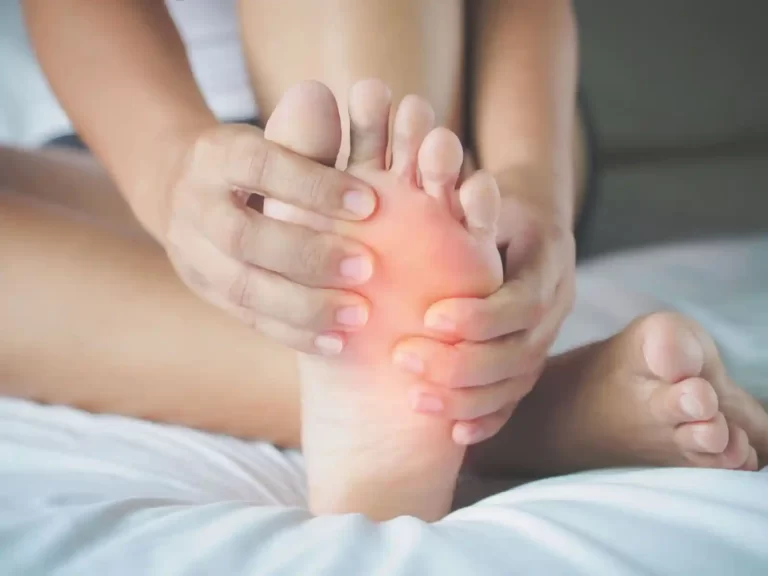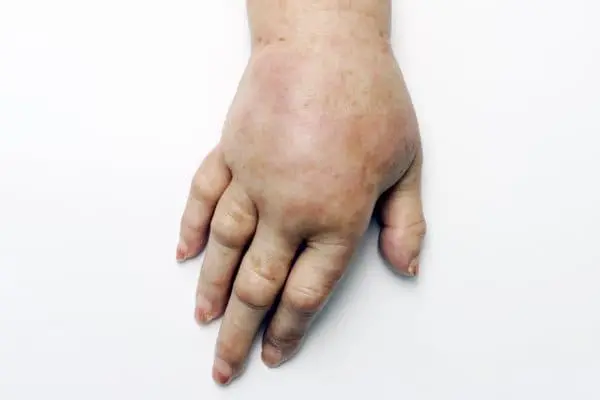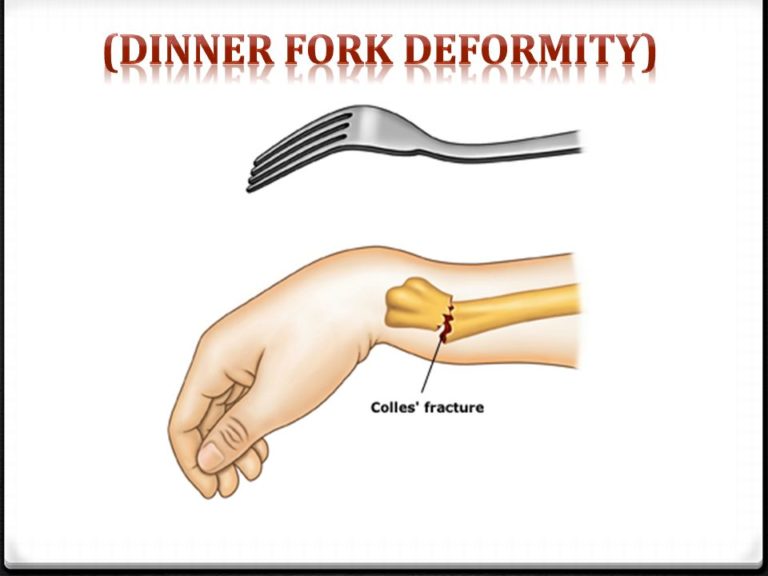Ankle Sprain vs Ankle Fracture
Overview
When it comes to ankle injuries, it’s crucial to differentiate between an ankle sprain and an ankle fracture, as the treatment and recovery process for each can vary significantly. An ankle sprain involves the overstretching or tearing of the ligaments that support the ankle joint, typically due to a sudden twist or roll.
On the other hand, an ankle fracture refers to a break in one or more of the bones that make up the ankle. While both injuries can cause pain, swelling, and limited mobility, a fracture often requires more intensive medical intervention.
Understanding the differences between these two conditions is key to ensuring proper care and a speedy recovery.
What’s a sprain of the ankle?
- Damage to a ligament, or the connective tissue that stretches between bones, is referred to as an ankle sprain. In the injury, the ligament may be entirely or partially torn.
- Depending on the number of implicated ligaments and whether they are strained, partially ripped, or entirely torn, sprains are frequently graded 1, 2, or 3.
- An injury to your ankle’s ligaments is called a sprained ankle. Your ankle bones are joined by ligaments, which are strong bands of connective tissue that support and stabilize your joint.
Sprains typically happen when your foot twists unexpectedly, causing your ligaments to overstretch. The ligaments in the outside portion of the foot sprain most frequently. An inner ligament sprain is less prevalent.
Ankle fractures: what are they?
- A bone break is referred to as an ankle fracture. There are two types of fractures: non-displaced, in which case the bone remains aligned, and displaced, in which case the bone’s usual alignment is disrupted.
- The most common causes of a broken ankle are falls, auto accidents, high-impact sports, and traumas.
- The breaking of one or more of the bones surrounding the ankle joint results in a broken ankle, commonly known as an ankle fracture.
- There are two types of fractures: non-displaced, in which case the bone remains aligned, and displaced, in which case the bone’s usual alignment is disrupted.
Types of Ankle sprain
The majority of sprained ankles are mild injuries, however, their severity might vary according to how much ligament damage there is.
An ankle sprain’s severity depends on:
- Grade 1: Though not ripped, one or more ligaments are overextended. After a few days, you should be able to move your foot normally and heal in two weeks. Trusted Source.
- Grade 2: When your doctor moves your ankle, they might sense instability due to a partially torn ligament.
- Grade 3: There is a total tear in the Ankle ligament. To regain complete strength and mobility, could take up to three to six months.
Types of Ankle Fracture
- Every year, millions of people suffer ankle fractures, yet not all of them are the same. They might be little, hairline fractures or intricate breaks involving several bones.
- It can be tempting to try to walk on an injured ankle, especially if it feels like a small sprain, as soon as the pain goes away. An x-ray is often not obtained for several days or weeks after an ankle break. This may cause issues with the healing process, contingent on the kind of fracture.
- Because of this, it’s helpful to understand the various kinds of ankle fractures and how they may affect your healing and long-term ankle stability.
- Your ankle joint has 3 bones: the fibula (the thin calf bone), the tibia (the huge shin bone), and the talus.
Ankle fractures: Stable versus Unstable
- Stable fractures are typically treated with a walking cast or boot because, despite the shattered bone, the ankle joint itself is still stable.
- Ankle fracture that is unstable: the break affects the ankle joint’s stability or structure. This type of fracture can affect the joint surfaces alone, the ligaments holding the joint together, or both. Surgery is typically needed for them.
Different types of ankle fractures
Fibula Only Fracture (lateral malleolus fracture)
- The bony bulge on the outside of your ankle is formed by the lateral malleolus, which is the base of the fibula. If you fall hard on it, twist your ankle violently, or have an impact on your outside leg, it can break.
- Sports involving running, jumping, sudden direction changes, or high-impact contact, like rugby, football, or basketball, are particularly prone to these fractures.
- Three robust, fibrous ligaments bind the fibula, or leg bone, to the outside of the ankle. The ligaments in your ankle stretch and tug on the bone when you roll over on it or twist it sharply. Stress can potentially break a portion of the fibula or produce a fracture. of the bone (fracture via avulsion).
- Activities like jogging and trekking can also provide repetitive stress that can lead to fibula fractures.
- A high-impact injury, such as a vehicle accident or a severe fall, may cause the fractured fibula to get dislodged and occasionally pierce the skin. In order to restore the joint, these unstable fractures typically require surgery.
Bimalleolar Ankle Fracture
- A break in the fibula on the outside of the ankle and the base of the tibia (shin bone) on the inside of the ankle constitutes the second most common type of ankle fracture.
- The majority of bimalleolar ankle fractures result in serious harm. They typically arise from high-impact incidents like falls and auto accidents.
- There is frequently a large rotational force on the ankle in addition to the contact force, which can cause severe ligament damage.
Trimalleolar Fractures
- These ankle fractures are the worst kind. Along with the tibia or shinbone, the back is also split off with these fractures. Similar to bimalleolar ankle fractures, they arise from impacts with very high energy.
Tibia Only Fracture (pilon fracture)
- At the ankle joint, the tibia (shin bone) may fracture in one or more locations.
- Similar to trimalleolar and bimalleolar fractures, these fractures are brought on by high-energy impacts, such as those sustained in skiing accidents, car accidents, or falls from a height.
- A cast is typically needed to stabilize the joint while the bone heals in bimalleolar, trimalleolar, and tibia-only fractures, which should be evaluated right away with an x-ray.
- Sometimes these fractures can happen in lower-force collisions because osteoporosis weakens your bones.
- Surgery is typically required to realign the bone in cases with unstable fractures, where the bone has been dislocated.
What does a broken ankle mean?
- Your ankle joint is composed of three bones. These comprise the following: the bone above and below your heel bone, the talus, the smaller long bone in your lower leg, and your tibia or shinbone.
- About 15% of the ankle injuries treated in emergency rooms are broken ankles, which is a rather common occurrence. A hairline fracture to a displaced fracture requiring surgery can range in severity.
- Although there are numerous possible reasons for a broken ankle, twisting injuries are typically the origin of the injury. Additionally, a direct hit to the ankle can result in a fracture.
- The ankle, like a collision in a car or an injury from sports.
- You can typically mend completely from a clean break without surgery in 6 to 8 weeks Trusted Source. It could take you anywhere from 12 weeks to 2 years to fully recover ankle function if surgery is required.
- One or more of the bones surrounding your ankle joint breaking causes a broken ankle, commonly known as an ankle fracture.
Differences between Ankle Sprain Vs Ankle Fracture?
| No. | Ankle Sprain | Ankle Fracture |
| 1. | Injury to the ligament, tendon or connective tissues | Injury to Bone |
| 2. | Ability to bear weight | Injury to the ligament, tendon, or connective tissues |
| 3. | Mild-to-moderate pain | Moderate-to-severe pain |
| 4. | Ankle instability | Unable to walk |
- As you know, an ankle sprain is an injury to the ligament (fibrous tissue) that joins the bones, but an ankle fracture is a true break in the bone.
- Even with that knowledge, it is still quite difficult to determine which damage you have incurred.
- Due to their similar symptoms, it can be difficult to differentiate between a sprained ankle and a broken ankle, especially in cases with acute injuries with substantial edema. There’s also a chance of a fracture or sprain.
Causes
- Foot and ankle sprains and fractures are most frequently caused by injuries. Playing sports can lead to several sprains and fractures.
- Football players are at high risk of fractures and sprains of the ankle. Ankle sprains are also common in basketball players, and stress fractures of the ankle can occur in runners.
- Stress fractures can also occur in dancers and gymnasts.
Another common cause of sprains and fractures to the foot and ankle is tripping or falling on uneven terrain.
Sprained ankle symptoms
- Pain
- Swelling
- Bruising
- Tenderness
- Instability
- Restricted range of motion
- Popping sensation
Broken ankle symptoms
- Sharp pain
- Bruising
- Swelling
- Tenderness
- An obvious abnormality, particularly if your ankle is also displaced
- Trouble bearing weight on your foot
- Trouble bearing weight on your foot-sudden, intense pain that is frequently worse than a sprain.
- Expanding
- Sensitivity
- An obvious abnormality, particularly if your ankle is also displaced
- Difficulty putting weight on your foot
Diagnosis
To accurately evaluate your injury, your doctor can suggest one or more of the following imaging tests if it is more severe:
- X-ray
- CT scan
- MRI examination
- ultrasonography
- Immobilization and rest are the treatments used for stress fractures. You’ll be told to avoid the injured area until the healing process is finished. An immobilizing cast or special “boot” may be applied, as well as crutches.
- Another treatment for sprains is immobilization for a while. Your recovery time may vary depending on how severe your sprain was; you might need to use crutches and wear a soft cast or special “boot” for a few weeks.
How to treat a sprained ankle?
- Reducing discomfort and swelling is the goal of treatment for a sprained ankle.
- regain your entire range of motion
- regain full strength in your ankle
- To reduce edema, use the RICE method:
- Relax: As much as possible, avoid being on your feet.
- Ice: Every 2 to 3 hours, use ice on your ankle for 15 to 20 minutes.
- Compression: Wrap the wounded area with an elastic bandage to give compression.
- A rise in altitude: When you’re at rest, place your foot higher than your heart.
- To help control pain, you can also use over-the-counter medications like ibuprofen.
Your treatment approach for a fractured ankle will change depending on where and how severe the fracture is.
In general, it might consist of:
- Immobility: To allow your bone to heal fully, wear a cast or protective boot.
- Closed-off decrease: If you have a displaced fracture, your doctor might have to put pins through your skin to realign the two ends of your bones.
- Surgery: Surgery can be necessary for more serious breaks to maintain the alignment of your ankle bones while they mend.
- Physical medicine: A physical therapist can provide a personalized stretching and exercise regimen once your bone has healed.
- Pain relievers: If you have discomfort, your doctor might suggest over-the-counter medications like Tylenol.
Recovery
- When you have a sprained ankle, try not to put any weight on it until the swelling goes down.
- You can try putting a heating pad on your ankle for 15 to 20 minutes several times a day once the edema has subsided.
- Regularly stretch your ankle, but avoid doing anything that hurts.
- For an ankle break:
- If your doctor hasn’t cleared you to put weight on your broken ankle, wait to do so.
- Steer clear of hauling around bulky items.
- As much as possible, take it easy on your ankle, and wait to play sports until it heals completely.
- Week 1-2:
- In the initial days, pain and edema are usually at their worst. Symptom management techniques such as RICE (ice, compression, elevation) and over-the-counter painkillers can be helpful.
- Non-weight-bearing: To keep weight off the injured ankle, you’ll probably need to use crutches or a walker.
- Limited mobility: You may require assistance with daily activities due to the stiffness and soreness in your ankle.
- Weeks 3–4: Swelling and pain progressively lessen.
- Wearing a brace or walking boot may permit some degree of partial weight bearing.
- Strength and range of motion start to improve with physical therapy.
- Weeks 5–8: Pain continues to lessen.
- The ability to bear weight increases progressively.
- The aim of physiotherapy treatment is to regain maximum movemnet/function and strength.
- Weeks 8 and later: With very few restrictions, the majority of people can resume their regular activities.
- But some people might need more time to heal, particularly if they played sports with a lot of contact.
Prevention
- It is possible to avoid ankle sprains and fractures by warming up before exercise.
- Wearing appropriate footwear might also help. If you’re an athlete, visit our Tips for Healthy Feet page to read the APMA’s footwear selection guidelines and see your podiatrist about the best shoes for your particular sport.
- Running shoes should be changed approximately every 300–400 miles, whereas athletic shoes should be changed annually
- Don’t walk or run on uneven surfaces.
Summary
- Ankle sprains and breaks present with comparable symptoms. For an accurate diagnosis, it’s crucial to see a medical practitioner if you believe you may be suffering from either.
- Ankle sprains are less serious injuries than ankle breaks. Recovery from a clean break that does not require surgery can take six to eight weeks. It will take longer to heal if surgery is required.
- It could take 3 to 4 weeks for a simple ankle injury to heal. It may take longer to heal completely, though, if a ligament is ripped entirely or partially.
FAQ
What distinguishes a sprain from an ankle fracture?
Your ankle is probably broken if it is pointing in an unusual direction.
Does a sprain of the ankle hurt more than a fracture?
Higher-grade injuries may need surgical correction if they cause persistent joint instability and pain. A fracture is bone damage caused by a break in the bone’s tissue. Since many fractures won’t heal as strong as they did initially, higher-grade sprains may be more detrimental than breaks.
Can a fracture develop from a sprain?
Even though this technique works well for minor sprains, it’s crucial to see a doctor afterward because a sprain can worsen into a fracture if it’s not treated properly.
In what way is a sprain distinguished from a fracture?
it is unlikely to be fractured if you can walk with some soreness.
References
- Kennedy, A. (2023, March 8). Ankle Sprain vs. Ankle Fracture: What’s the Difference? Advanced Ortho and Spine. https://advancedorthoandspine.com/orthopaedics/ankle-sprain-vs-ankle-fracture-whats-the-difference/
- Sprained vs. Broken Ankle: How Can You Tell the Difference? (2021, February 18). Healthline. https://www.healthline.com/health/sprained-ankle-vs-broken-ankle#diagnosis
- Sprains, Strains, and Fractures | Foot Health | Patients | APMA. (n.d.). https://www.apma.org/SprainsStrainsFractures
- How to Tell the Difference Between an Ankle Sprain and a Fracture: Arlington/Mansfield Foot & Ankle Centers: Podiatrists. (n.d.). John R. Landry, DPM. https://www.footanklecenters.com/blog/how-to-tell-the-difference-between-an-ankle-sprain-and-a-fracture







